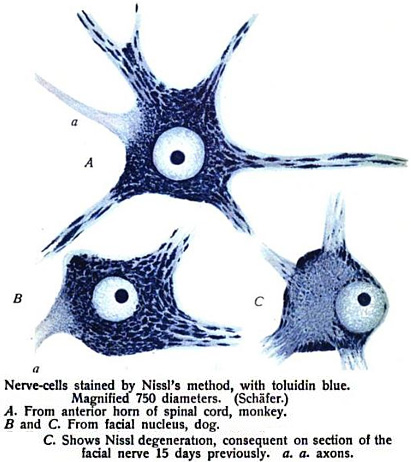Monomelic amyotrophy (MMA), also known as Hirayama disease, Sobue disease, juvenile non-progressive amyotrophy and juvenile asymmetric segmental spinal muscular atrophy (JASSMA) â€" is an untreatable, focal motor neuron disease that primarily affects young (15â€"25 year old) males in India and Japan. MMA is marked by insidious onset of muscular atrophy, which stabilizes at a plateau after two to five years from which it neither improves nor worsens. There is no pain or sensory loss associated with MMA. Unlike other lower motor neuron diseases, MMA is not believed to be hereditary and fasciculations (involuntary muscle twitches) are rare.
EMG tests reveal loss of the nerve supply, or denervation, in the affected limb without conduction block (nerve blockage restricted to a small segment of the nerve). Increased sweating, coldness and cyanosis have been reported for a few patients, indicating involvement of the sympathetic nervous system.
While MMA will cause weakness and/or wasting in only one limb, EMG and NCV tests often show signs of reinnervation in the unaffected limbs.
Treatment
There is no cure for MMA. Treatment consists of muscle strengthening exercises and training in hand coordination. It has been proposed that that the changes in this disease are from compression of the spinal cord in flexion due to forward shifting of the posterior dural sac. There have been treatements studies ranging from use of a cervical collar to anterior cervical fusion and posterior decomression.
Prognosis

The symptoms of MMA usually progress slowly for one to two years before reaching a plateau, and then remain stable for many years. Disability is generally slight. Rarely, the weakness progresses to the opposite limb. There is also a slowly progressive variant of MMA known as O'Sullivan-McLeod syndrome, which only affects the small muscles of the hand and forearm and has a slowly progressive course.
Epidemiology
MMA occurs in males between the ages of 15 and 25. Onset and progression are slow. MMA is seen most frequently in Asia, particularly in Japan and India; it is much less common in North America.
References
Further reading

- Di Muzio, A.; Pizzi, C. D.; Lugaresi, A.; Ragno, M.; Uncini, A. (1994). "Benign monomelic amyotrophy of lower limb: A rare entity with a characteristic muscular CT". Journal of the Neurological Sciences 126 (2): 153â€"161. doi:10.1016/0022-510X(94)90266-6. PMID 7853021.Â
- Di Guglielmo, G.; Brahe, C.; Di Muzio, A.; Uncini, A. (1996). "Benign monomelic amyotrophies of upper and lower limb are not associated to deletions of survival motor neuron gene". Journal of the Neurological Sciences 141 (1â€"2): 111â€"113. doi:10.1016/0022-510X(96)00154-2. PMID 8880702.Â
- Münchau, A.; Rosenkranz, T. (2000). "Benign Monomelic Amyotrophy of the Lower Limb â€" Case Report and Brief Review of the Literature". European Neurology 43 (4): 238â€"240. doi:10.1159/000008183. PMID 10828656.Â
- Freitas, M. R. G. D.; Nascimento, O. J. M. (2000). "Benign monomelic amyotrophy: A study of twenty-one cases". Arquivos de Neuro-Psiquiatria 58 (3B): 808â€"813. doi:10.1590/S0004-282X2000000500003. PMID 11018815.Â
- Gourie-Devi, M.; Nalini, A. (2001). "Sympathetic skin response in monomelic amyotrophy". Acta Neurologica Scandinavica 104 (3): 162â€"166. doi:10.1034/j.1600-0404.2001.00016.x. PMID 11551236.Â
- Neves, M. A. O.; Freitas, M. R. G. D.; Mello, M. P. D.; Dumard, C. H.; Freitas, G. R. D.; Nascimento, O. J. M. (2007). "Benign monomelic amyotrophy with proximal upper limb involvement: Case report". Arquivos de Neuro-Psiquiatria 65 (2b): 524â€"527. doi:10.1590/S0004-282X2007000300032. PMID 17665029.Â
External links
- monomelic_amyotrophy at NINDS






0 comments:
Post a Comment